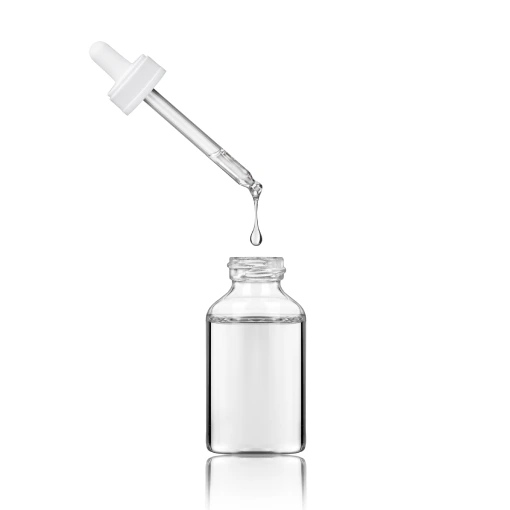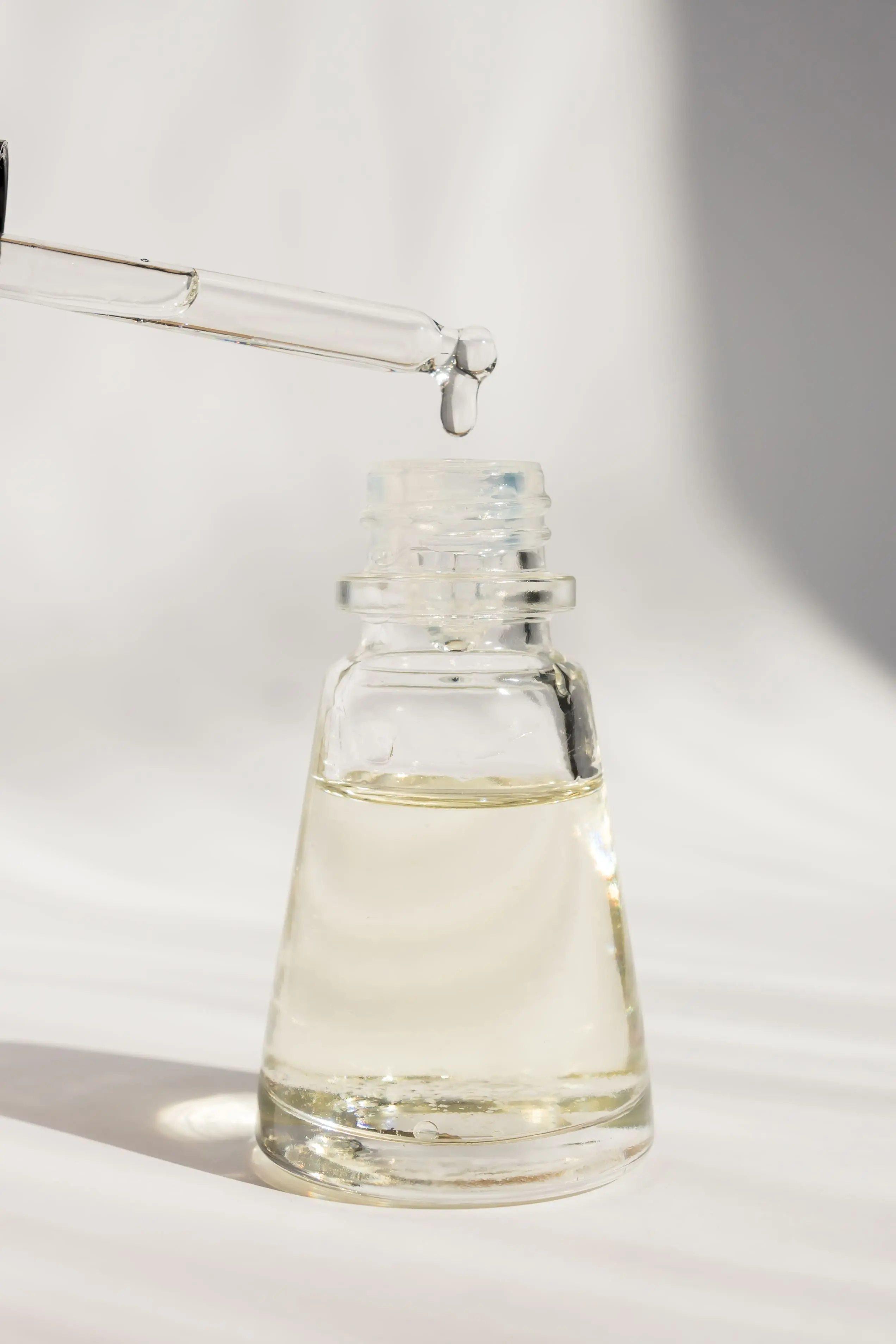Crude Palm Olein
|
IUPAC Name |
: N/A |
|
Cas Number |
: 8002-75-3 |
|
HS Code |
: 1511.90.99 |
|
Formula |
: N/A |
Basic Info
|
Appearance Name |
: Light Yellow to White, Clear Liquid |
|
Common Names |
: CPO |
|
Packaging |
: 112 @180 kg HDPE Drum, 20.16 MT / 20 FCL |





.webp)
 English
English
 Indonesian
Indonesian
 简体字
简体字
 العربية
العربية
 Español
Español
 Français
Français
 Português
Português
 日本語
日本語
 한국어
한국어
 Tiếng Việt
Tiếng Việt
